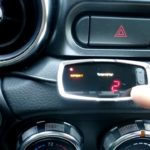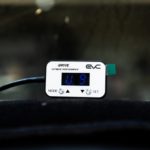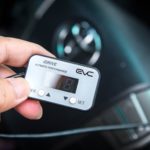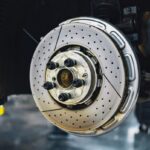Are you looking to unravel some of your engine’s potential? Do you need more low-end torque to haul that heavy camper you just bought? If the answer to any of these questions is yes – then you’re probably looking for a throttle controller. These devices replace the function of your basic drive-by-wire system. In case you didn’t know, the only “connection” you have with your vehicle’s motor is the acceleration pedal, through a rigid wire that runs from the top of the accelerator, through the firewall and along the top side of the motor.
The system is very straightforward and it does the job well enough, but like many other mechanical forces, it isn’t the most reliable. Furthermore, it’s prone to wear and tear, and inefficiency. The cable controls the butterfly flap in the carburettor, which is responsible for managing the air and fuel mixture going into the engine. Let’s get into more detail.
Drive-by-Wire
As aforementioned, most new vehicles come with a drive-by-wire cable system that improved the older, Bowden wire cable system. Drive-by-wire, also known as fly-by-wire systems are more efficient, and provide better performance and safety. These systems were first introduced in German automobiles back in the 80s. In the 4×4 world, carburettors have been largely replaced by fuel injection systems, which mandate the use of drive-by-wire systems. Vehicles equipped with a drive-by-wire system have many benefits, including better fuel economy, more affordable manufacturing costs, and the ability to use autonomous cruise control systems. But most importantly, drive-by-wire systems provide a better feel to the driver when they press the gas pedal.
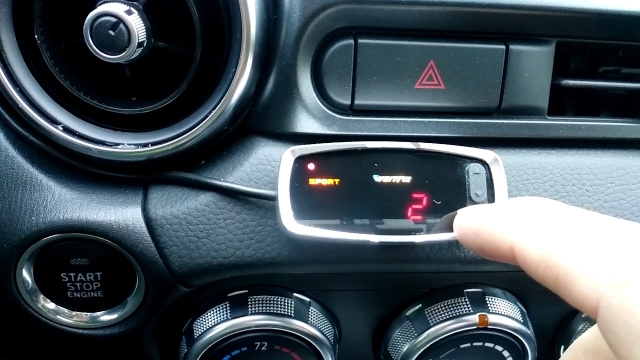
Improving Acceleration
As you can see, there are a lot of positives surrounding drive-by-wire systems, but they do have one disadvantage that isn’t obvious to most. Unless you own a sports vehicle, you’ll probably experience some throttle lag when you press the pedal. This is because your engine needs a moment to react. In other words, you’ll get a modest acceleration. But this is the way vehicle manufacturers intend for drive-by-wire systems to work, in order to smoothen acceleration and provide the most fuel-saving benefits. However, what most people don’t know is that they can overcome this problem and potentially unlock hidden performance. And you won’t have to perform any costly and complicated modifications, like installing a supercharger or increasing the size of the turbo. All you have to do is get a throttle controller. These devices improve better throttle response for any type of driving situation and style. It’s a simple device that’s easy to install, yet it’s very powerful, allowing you to adjust the voltage of the drive-by-wire unit.
Choosing an Electronic Throttle Controller
I have a throttle controller on my two 4x4s, and I know all of the benefits they provide. It’s easily one of the best value for money investments I’ve made. They completely transformed my 4x4s and took them to another level. Electronic throttle controllers became popular at the start of the 2010s, but they’ve been available for the past two decades. There are quite a few electronic throttle controllers, the most popular of which is the EVC, also known as ultimate9 throttle controllers.
Installing an Engine Throttle Controller
The great thing about EVC throttle controllers is their ease of installation and use. Everyone can do it, and it requires almost no tools or handyman skills. The only things you’ll need are a flashlight and a way to access under the dash close to the accelerator. A small screwdriver or panel remover can help you remove any connectors in the way. The job takes literally 5 minutes and doesn’t require any modification of your dash or body panels. Another great thing is that you can remove the EVC controller just as easy if you want to, and your vehicle will perform as it used to before its installation.
The EVC comes with a unit body and a connecting wire. The wire is sturdy and insulated, so you don’t have to worry about it wearing down or breaking. First and foremost, you have to decide where to install the main interface so that it’s easily accessible, even though you probably won’t use it on a regular basis. It’s mostly a plug-and-play, set-and-forget type of device. EVC controllers come with double-sided adhesive tape, so all you have to do is clean the surface where you plan on attaching it, peel the adhesive cover and place it into position.
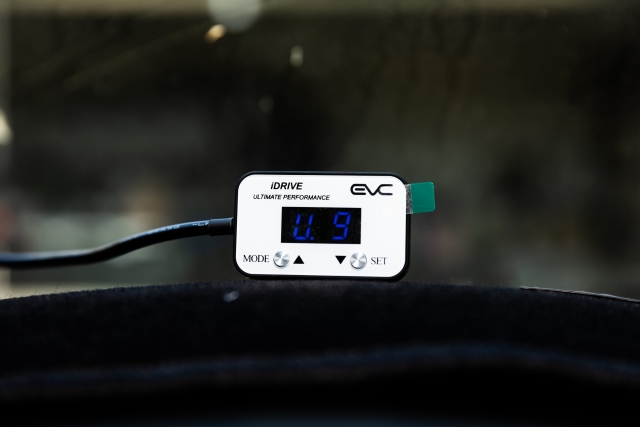
Then, route the wire between the dash and steering column and place it aside for a moment. Detach the drive-by-wire sensor or plug, which can be found at the top of the gas pedal. This may require some dexterity. I usually detach the entire pedal assembly for easier access, as it only has one screw.
Depending on your vehicle model and make, you may need to slide the locking tab or squeeze the fastening clip before separating the primary loom from the pedal’s sensor. Then, carefully grab the EVC’s wire/patch lead and put one end into your vehicle’s wiring loom until you feel and hear it click. Put the other end into the sensor on top of the gas pedal, and slid the locking clip into position. Make sure the connections are aligned properly, as the connecting pins are quite fragile.
Once the connections are locked in properly, use the cable ties that come with the controller to secure the excess wire to prevent it from getting snagged.

